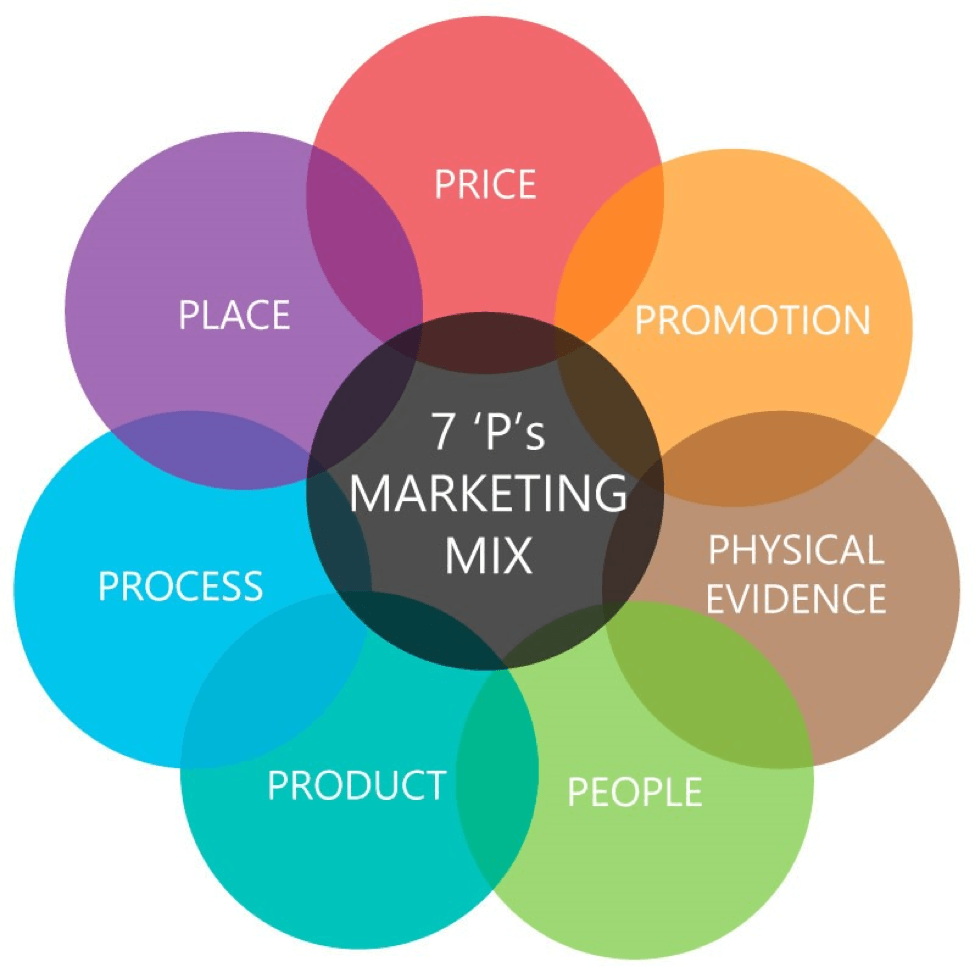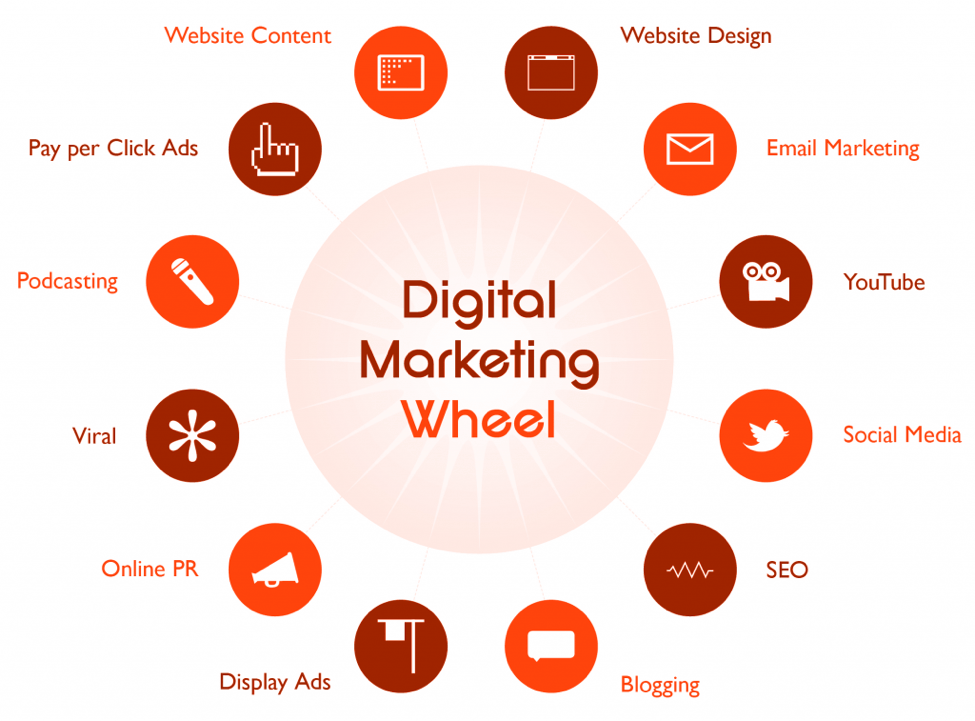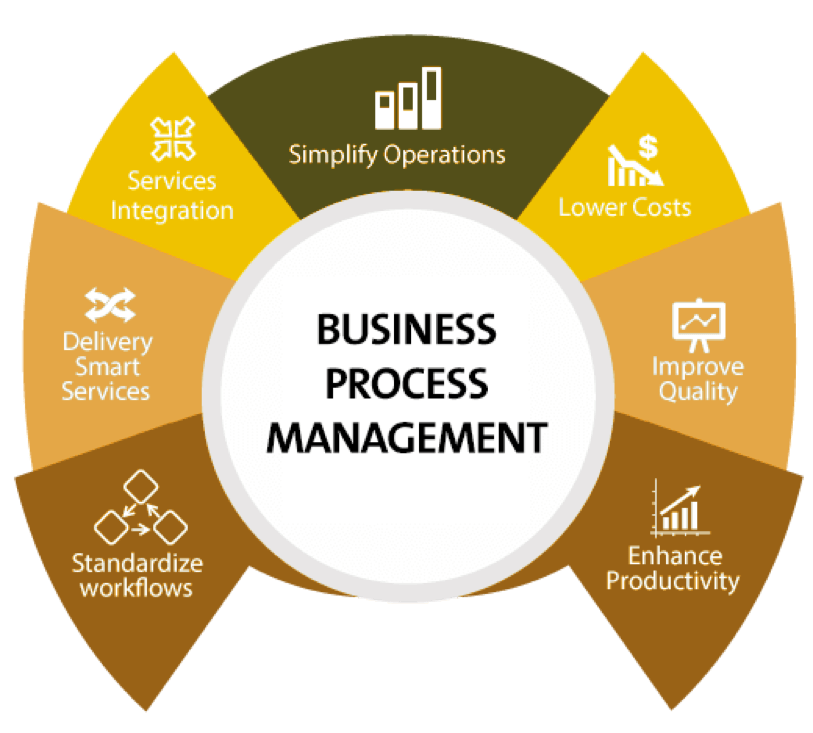Today, we’re going back to basics.
If you’ve heard of the classic principles of marketing, you may also know that they’ve been around for a while. A long while—more than 60 years!
It started with the four principles of marketing, also called the 4 Ps or the 4 Ps marketing matrix. This framework was first published in 1960 (though its origins can be traced back to the 1940s). Then in 1981, researchers extended that model to the seven principles of marketing, or the 7 Ps.
There’s a whole lot that’s changed since then—for example, that tiny invention called the internet.
But there’s no denying that these basic principles of marketing have built a strong modern blueprint for how to run a successful brand. On your path to building and growing your own business, you’ll find that the Ps offer several gems of wisdom to apply to your marketing strategy.
In this article, we’ll look at the original 4 Ps and the extended 7 Ps model, as well as some variations and interpretations that other experts have.
We’ll also look at examples of these principles and how they translate into an effective marketing strategy.



What are the principles of marketing?
While there are many interpretations and applications today, it all started with the four principles of marketing: product, price, place, and promotion. The extended 7 Ps version added a few more: people, process, and physical evidence.

→ Click Here to Launch Your Online Business with Shopify
Booms and Bitner, the marketers who added the last three, thought that the original 4 Ps model was too focused on marketing tangible products. Their version caters to the unique considerations of service-based businesses.
The principles of marketing concept is part of the “marketing mix,” which is a blanket term to describe all the strategies and tactics that businesses can use to bring their products and services to market.
With this in mind, you can think of all those Ps as a decision-making framework. It guides businesses on their journey of choosing the right marketing plan for their individual needs.
Variations of the 7 Ps
If you scour through online resources, you’ll find some variations in how people define the 7 Ps. For example, some marketers replace process and physical evidence with positioning and packaging.
In some circles, there’s also an eighth principle of marketing: productivity and quality. Yet another one added to the mix is partners.
But we don’t want you to drown in Ps, so we’ll just focus on the most crucial principles we listed in the last section.
The principles of marketing explained
Before we dig into examples and tips, let’s quickly define each of the seven principles of marketing.
- Product. The tangible item or service that you’re selling. Does it address the needs, wants, and expectations of your prospective customers?
- Price. It may take some trial and error, but it’s important to get your pricing strategy right. Too high and you’ll lose customers; too low and you’ll cut into your profit margins—and eventually risk going out of business.
- Place. What are the optimal distribution strategies, or places and ways that your offering is sold and delivered?
- Promotion. This is what most people think when they think of marketing. Promotion includes tactics like sales, advertising, events, and other marketing channels to get your offerings in front of your target market.
- People. Here’s where we cross into the extended 7 Ps. People refers to “human interfaces” where needed—a way for customers to connect with real people on your team during the marketing process.
- Process. How smooth is the business process from start to finish, from when they first discover your brand to when they receive their product or service? How can you make it smoother?
- Physical evidence. While a product-based business sells physical items, a service-based business has other physical indicators of their brand and offerings, like their website, brochures, and business cards. How well do these items play into your overall brand image and promotions?
Importance of marketing principles
If you’re a business owner or an aspiring one, you’ve surely noticed by now the sheer volume of choices you have—from picking the right things to sell to getting your target audience to buy them to keeping them satisfied and coming back for more.
When you examine and thoughtfully apply the marketing principles, you’ll be able to make smarter, more informed business choices. This, in turn, will dramatically improve your chances of building a brand that’s truly valuable to your customers, your team, and yourself.
As an added bonus, the 7 Ps are sustainable marketing principles that set your brand up for long-term stability. The conditions of the market will constantly change, but the strategies you build from these principles will help to fortify and protect your company from the market’s inevitable volatility.
Now, let’s break down each of the seven marketing principles and how you can apply these concepts to your own business, whether it’s a brick-and-mortar store, online store, or service-based company.
Marketing principles and strategies: A breakdown
1. Product
Product is arguably the core of the original four principles of marketing. If you don’t have a good product, you don’t have a good business, right?
One of the most important considerations for your product or service is making sure there’s a strong demand. Do customers really want it? Does it truly fulfill a need in the marketplace?
The best way to explore these questions is through good old-fashioned market research, which can be done through methods like online research, firsthand interviews and analysis, and surveys.
Market research should take a deep dive into your audience: their traits, desires, needs, and behaviors. Market segmentation can help you identify these key considerations, which then sets you up to deliver star products that they really love.
Once you’ve made some sales, consider the customers’ satisfaction. Did they get what they expected, or is there some room for improvement?
When you’re examining the relevance and quality of your offering, consider all the elements, like the build, quality, and uses, as well as potential needs like repairs and accessories.
2. Price
Pricing strategy is critical to the success of your business, which is why you should always be optimizing your prices for your audience and market niche.
Even if you’ve found a price point that seems to work fantastically, there are still uncontrollable elements that can change your circumstances, like a new development or competitors in your niche.
To set pricing, there are a couple of strategies to keep in mind. Say you’ve put a lot of money into building that business, and you need to recoup your investment quickly. You might want to start with a higher price and see how it performs before lowering it.
If you have low overhead, like a dropshipping store, you can get away with lower pricing to start and see how your audience reacts. If you’re selling a high volume, you might have leeway to raise your prices to see how that impacts sales.
Sales promotions are an excellent way to entice new customers—but be careful to ensure you’re not discounting more than your company can afford. Check out this video for help with calculating your profit margins.
3. Place
If your business is fully online, like an ecommerce store or a search marketing agency, you’ve already got this marketing principle figured out: your website.
Even still, you might want to sell your products in online marketplaces like Amazon, eBay, and Bonanza.
If your business isn’t 100% online, place is a more important consideration. If you have a specialized product, you might need to get creative with the places you sell it to ensure that you’re getting your offering in front of the right audience.
For example, a small business selling organic hand-crafted soaps might consider several places, like:
- Online through a branded company website
- Online craft marketplaces, like Etsy
- Social media platforms, like Facebook and Instagram
- Local events, like a weekly farmers market or seasonal festival
- National and international events, like beauty and skin care tradeshows and conferences
- Partnering with retail shops, like securing shelf space in a local or chain store that sells related products
- Partnering with large companies and distributors, like selling bulk soap orders wholesale
Regardless of the place you choose, it’s important to understand where your target audience likes to buy items and spend their time. This way, you can position yourself so they don’t miss you.
4. Promotion
Like we mentioned earlier, this marketing principle covers most of the strategies and tactics that people think of when they think of marketing and advertising.
In some ways, promotion is intertwined with place. For example, selling on Instagram or Facebook requires a social media marketing strategy. Likewise, selling at trade shows or a farmers market requires a direct marketing strategy.
While there are many promotion strategies that take place in the real world, like setting up store displays, passing out flyers, hosting events, and even going door-to-door, virtually every business these days does some—if not all—of their promotion online.
Here’s a list of online promotional approaches that are commonly used by businesses nowadays:
- Content marketing, including blogs, videos, ebooks, graphics, podcasts, and webinars
- Social media marketing on platforms like Facebook, Instagram, YouTube, and Twitter
- Influencer marketing, which is a type of social media marketing
- Email marketing to engage leads and customers and nurture them through the sales funnel
- Search engine optimization (SEO) to boost search rankings
- Paid advertising, like Google Ads and social media ads

5. People
This principle more or less represents customer service—the human touch of your business that signals to customers that there’s a real person on the other side who’s listening and working to give them a good experience with the brand.
Now more than ever, it’s critical to give your customers positive experiences. Research from Accenture shows that US companies lose a whopping $1.7 trillion to customers switching after poor experiences.
If you’re running an online business, customer service might be as simple as responding to emails, phone calls, and social media posts from customers.
For in-person brands, this will also include your team members who interact with customers, like your employees working at your store location or out working your event booths.
When staffing and setting up customer service processes, set up people and processes that really reflect your brand’s personality and cater to the types of experiences your target audience wants and expects.
6. Process
Process is one of the marketing principles that helps to streamline and simplify your operations, which in turn has benefits for virtually every aspect of your business. You’ll find that optimized processes contribute to lower costs, more productivity, and a reliable customer experience that stays consistent for each customer.

To optimize your processes, it’s important to create standardized, integrated workflows that are easy for all of your team members to follow.
For example, how are orders fulfilled and offerings delivered? How are customer service inquiries answered? Does your team use specialized software to track and manage these tasks, while ensuring that nothing slips between the cracks?
A great way to create reliable, repeatable processes is to document them. For example, you can create official spreadsheets and instruction manuals that anyone can reference when certain issues come up. You can also create training materials so that all new employees receive the same training and handle tasks the same way.
7. Physical evidence
The last of our seven principles of marketing is physical evidence. Every brand has physical evidence, even if it’s service-based or digital.
For example, one piece of a plumber’s evidence is a fixed drain, and a piece of a dog walker’s evidence is a happy dog that isn’t peeing all over your house. Even before those services are rendered or a product is sold, there’s other evidence, like the company’s website, sales materials, and interaction with sales people.
The main takeaway here is to ensure that every touchpoint of your business does the following:
- Aligns with the brand identity you’ve created
- Enhances the customer experience by clarifying your goals or catering to theirs
- Ensures that customer expectations are met, and that your final offering matches the promises you made during the sales process
Turning marketing principles into brand success
These basic principles of marketing were designed to be broad, which can be both a positive and a negative.
While they might not be 100% applicable to your 21st-century business, we have no doubts that there are several ideas and concepts that are important, and even critical, to making sure your business rises above the competition and successfully carves a slice of the market.
If you’re looking to start a new business, take the time to think critically about the seven principles of marketing and how you can apply them to your blooming business model.
Even if you already have a business, it’s not too late to see where you have room for improvement. In fact, the world’s most successful brands never sleep on this—they’re always looking for ways to improve, because the world of business and commerce is constantly changing.
Which of these marketing principles stands out to you? Let us know in the comments below.






